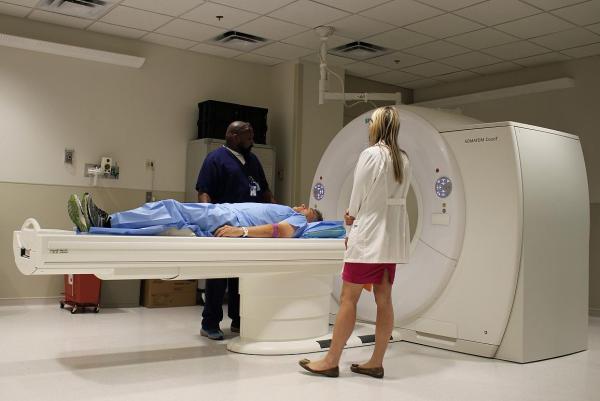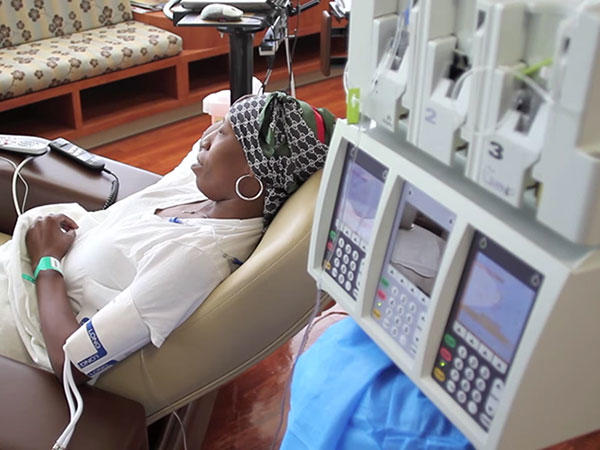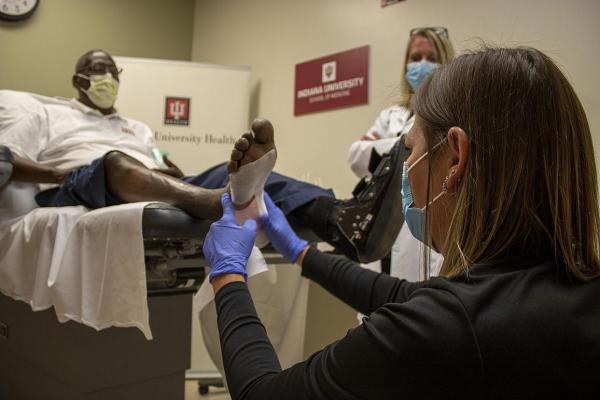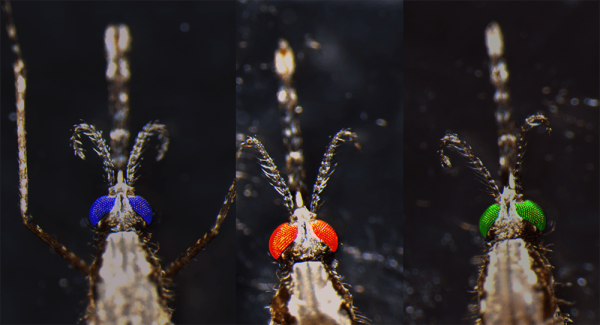Boosting Brain Activity to Suppress Snacking
Non-Invasive Stimulation Method May Improve Self-Regulation Around Food
Marketers make a living from the fact that merely seeing an advertisement for junk food can spur a sudden craving for potato chips or sugary cereal. Some people have an easier time than others resisting such urges, and over-consuming that sort of food can have problematic consequences for health. Findings from a recent IRP study suggest that stimulating a particular part of the brain might help people who struggle with obesity by enhancing their ability to control their desire to snack.










